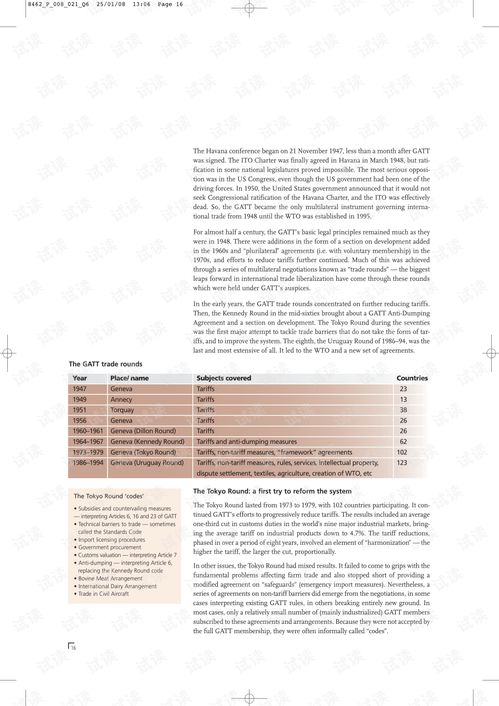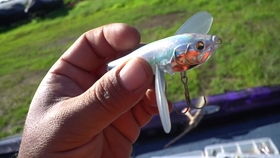Mastering the Art of Fishing: How to Locate the Perfect Fishing Spot - A Comprehensive Guide to Fishing Techniques and Spot Selection** When it comes to mastering the art of fishing, one of the most crucial elements is the ability to find the perfect spot. Whether you're a seasoned angler or a beginner, knowing how to locate a prime fishing area can significantly enhance your chances of a successful catch. In this article, we will delve into the intricacies of fishing techniques and provide you with a comprehensive guide on how to find the ideal fishing spot. So, let's get started on this fishing adventure!
Before we dive into the specifics of finding a fishing spot, it's essential to understand the basic behavior of fish. Fish are highly sensitive to their environment and are often found in areas that offer the following:
- Cover: Fish seek cover to hide from predators. Look for areas with submerged rocks, logs, and weed beds.
- Structure: Fish are attracted to areas with a change in structure, such as points, drop-offs, and ledges.
- Water Temperature: Fish are more active in waters that match their preferred temperature range.
- Food Source: Fish are drawn to areas where there is an abundant food supply, such as areas with baitfish or invertebrates.
How to Find the Perfect Fishing Spot
Now that we have a basic understanding of fish behavior, let's explore some practical steps to help you locate the perfect fishing spot.
Research and Planning
Before heading out, do some research on the area you plan to fish. Use online resources, such as fishing forums, apps, and websites that provide information on local fish populations, water conditions, and popular fishing spots.
Use a Topographical Map
Topographical maps are invaluable tools for identifying potential fishing spots. Look for areas with varying depths, submerged structures, and points that may hold fish. Remember, the best spots are often those that are not immediately obvious.
Keep an Eye on the Weather
Fish behavior can be greatly influenced by weather conditions. Wind patterns, water temperature, and barometric pressure can all affect where fish are likely to be found. Pay attention to these factors when choosing your fishing spot.

Look for Signs of Fish Activity
When you arrive at your chosen location, keep an eye out for signs of fish activity. Look for bird activity, splashes, or surface disturbances that may indicate the presence of fish. These signs can help you narrow down your search for the perfect spot.
Experiment with Different Techniques
Once you've found a potential fishing spot, experiment with different techniques to see what works best. This may include casting, trolling, or bottom fishing, depending on the type of fish you're targeting.
Utilize Technology
Modern technology can be a great asset when finding the perfect fishing spot. GPS-enabled devices, fish finders, and sonar can provide valuable information about underwater structures and fish activity.
Learn from Others
Don't hesitate to ask local anglers for advice on the best spots to fish. Local knowledge can be invaluable when it comes to finding prime fishing areas.
Conclusion
Finding the perfect fishing spot requires a combination of research, observation, and experimentation. By understanding fish behavior, utilizing topographical maps, and staying informed about weather conditions, you can significantly improve your chances of a successful fishing trip. So, get out there, explore, and enjoy the great outdoors while honing your fishing skills!
This article covers the basics of fishing spot selection and provides a solid foundation for anglers of all levels. Remember, the key to success lies in patience, practice, and a willingness to learn from each fishing experience. Happy fishing!












